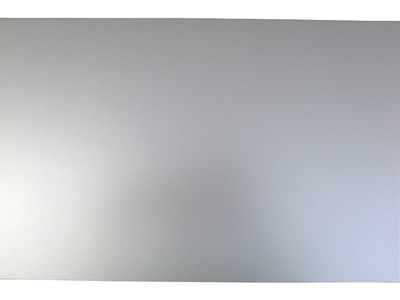
ã€ALUMINIUM NETWORK】Aluminum alloy is a kind of non-ferrous metal structural material which is widely used in industry. Aluminum alloy has low density but high strength, close to or more than high-quality steel, good plasticity, can be processed into a variety of profiles, with excellent Its electrical conductivity, thermal conductivity and corrosion resistance are used in a large number of applications in aviation, aerospace, automotive, machinery manufacturing, marine and chemical industries.
Aluminum alloy in the process of machining, especially in the machining process is prone to produce a large stress deformation, resulting in the size of the excess scrap, some did not deform at the time of the ultra-poor, often after the installation of the deformation caused greater system problems. Several current aluminum alloy stress relieving methods include thermal aging stress relieving, vibration aging stress relieving, mechanical stretching, mold correction, and cryogenic composite stress relieving.
Thermal aging stress relief is generally aimed at small and medium parts. It is a traditional stress relief method. Since many aluminum alloy materials are very sensitive to temperature, they limit the aging temperature not too high, otherwise it will reduce the strength of the material. Therefore, thermal aging is usually performed at a temperature not higher than 200°C, so the stress relieving effect can only remove about 10-35%.
Vibratory stress relief is the use of a controlled vibration energy to act on the processed product through an exciter held on the surface of the product to be processed and subjected to vibration treatment at a specific frequency, thereby achieving the purpose of releasing and reducing the residual stress of the workpiece. This kind of processing method is commonly used in the stress relief treatment of large-scale structural parts, welding and casting parts, and the removal effect is about 50-60%.
The principle of mechanical stress relief method is to apply a certain amount of longer tensile plastic deformation in the rolling direction of the aluminum alloy plate after quenching, so that the tensile stress and the original quenching residual stress superimpose and plastic deformation occurs, so that the residual Stress is relieved and released. The relevant research results show that higher mechanical stretching method can eliminate more than 90% of the residual stress. However, this method is only suitable for parts with a simple shape, and has high requirements for the uniformity of the aluminum alloy sheet before stretching, and is mostly used in aluminum processing factories.
Die Correction Cold press method removes the residual stress in complex shape aluminum alloy die forgings through a strictly controlled limited cold forming in a special finishing die. This method adjusts rather than eliminates the overall stress level of the part. It releases the residual stress of some parts of the aluminum alloy product, and at the same time, it may increase the residual stress of other parts. In addition, in view of the fact that the workpiece originally has a large residual stress, the excessively large amount of compression deformation may cause cold work hardening, cracks and fracture; and the deformation is too small to make the effect of stress relief poor, and the cost of producing a plastic mold is also relatively low. The difficulty of high-shaping operation is also large, so the limitation of this method is difficult to apply in actual operation.
Tpv Deodorant,Tpv Use Deodorant,Tpv Masterbatch Deodorant,Tpv Odors Removal Agent
Ningbo Jiahe New Materials Technology Co.,ltd , https://www.cnjhchem.com
